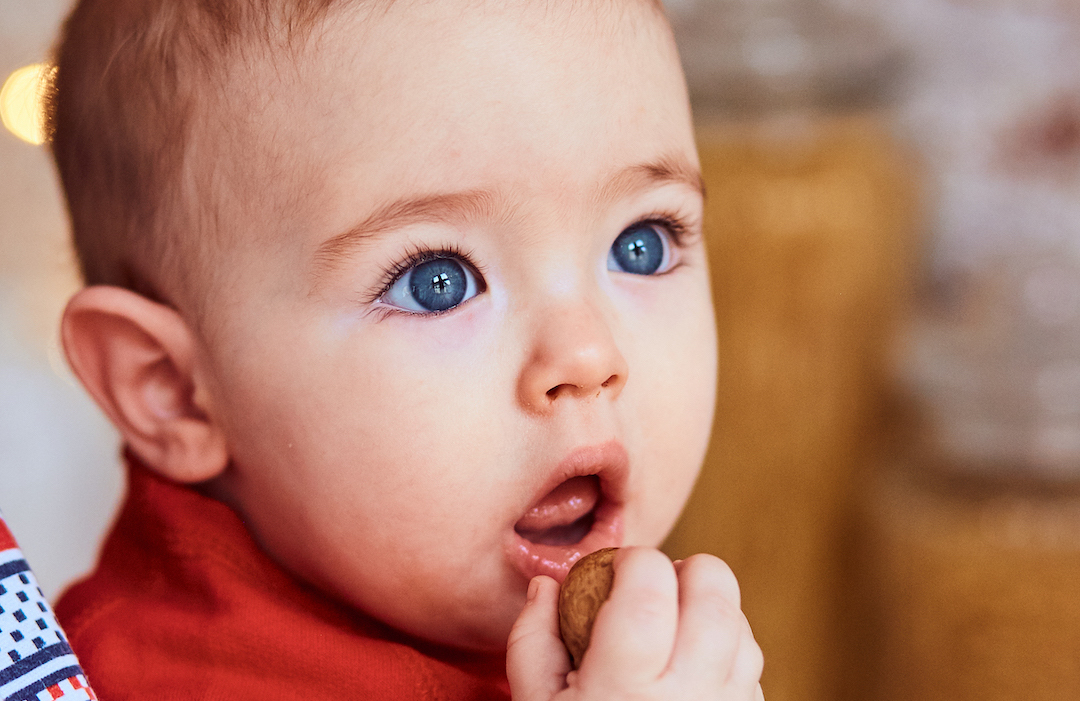When it comes to toys that help develop a child’s logic and problem-solving skills, there are a few options that stand out above the rest.
From Houses to Spaceships: The Versatility of Building Blocks
First up, we have the classic building blocks. These simple blocks come in a variety of shapes and sizes and can be used to construct everything from houses to spaceships. Building blocks help children develop their spatial reasoning abilities, as well as fine motor skills. Plus, they’re a great way to encourage creativity and imagination.
Puzzle Power: Developing Problem-Solving Skills and Fine Motor Skills with Jigsaw and 3D Puzzles
Next, we have the ever-popular puzzle. Whether it’s a jigsaw puzzle or a 3D puzzle, these toys are great for helping kids develop their problem-solving skills. They also help improve fine motor skills and hand-eye coordination. And let’s not forget the sense of accomplishment kids feel when they finally complete a puzzle!
Board Games for Brainpower: Enhancing Problem-Solving and Strategic Thinking in Children
And now ideas for older children. A great option is the good old-fashioned board game. For example, the game My First Bohnanza – is a simple version of the classic card game “Bohnanza” that introduces children to the concept of trading and bartering. Next – «Color Catch» – a is a matching game that helps children learn colors. And «My First Stone Age» – a simplified version of the popular board game «Stone Age» that teaches children about basic resource management and strategy. Games like chess and checkers are great for helping kids develop their strategic thinking and planning skills. They also teach kids about cause and effect and the importance of paying attention to details.
STEM toys
And of course, there it is the idea that is going to absolutely great not only for children but even for their parents. Just pay attention to the STEM toys, such as robots and coding kits. These toys are designed to teach kids about technology and programming and can help them develop logical thinking and problem-solving skills. It’s a great way to introduce kids to the world of technology, and get them excited about science and engineering.
Fine-Tuning Development: The Benefits of Busy Toys for Kids

Last but not least, we have different combinations of toys and games, which were described in this article before, in just one toy. We are talking about so-called busy toys. But still, what is it?
Educational busy toys are simple (but only at first glance!) wooden boards, boxes, or even houses, to which various elements are nailed. They help kids develop gross and fine motor skills, abstract thinking, imagination, and other useful abilities.
Quality busy toys typically include:
- tactile elements,
- puzzles and finger games,
- various Velcro elements,
- buttons and switches,
- clothing elements (zippers, buttons),
- laces,
- different sorters,
- gears,
- lights,
- doors with latches, locks, and other opening-closing elements that make a child think logically or creatively and train motor skills, and wheels.
The Rise of the Busy Toy: Why Moms are Choosing it for Their Children
Text extract
Recently, busy toys are becoming increasingly popular among parents all over the world. The advantage is that with one toy you can develop an entire set of skills in children: cognitive thinking and the ability to control their body, and perform small movements with the fingers to achieve a task. Other strengths a good busy board promotes, are training:
- dexterity and precise movements,
- memory (especially visual, auditory, and tactile – the more stimuli, the better the development),
- logic and cause-and-effect relationships (the child sees how their actions lead to certain results and understands what they need to do to open a door, etc.),
- coordination,
- visual and sound perception,
- creative thinking,
- understanding of colors, shapes, and other categories,
- logical and abstract thinking,
- finger grip,
- inquisitive mind,
- attention,
- persistence in achieving a goal (if the child does not require your help, do not interfere, give them the opportunity to do it themselves – the joy of achieving a goal is invaluable for the child’s development).
- perseverance (not inherent in children initially; for example, the child’s desire to open a door with a lock will require them to focus on their movements and see it through, no matter how difficult it may be).
Quote
As mothers themselves say, one of the main benefits of such a busy toy is:
It can replace a whole mountain of toys in a nursery.
That is, on the one hand, the child spends time with benefits, and on the other – the room is not cluttered, the order is maintained, and the mother does not have to do a mini-cleaning every day! And the child gets used to cleanliness and order! By the way, many models of busy toys are disassembled, and it is more convenient to store them.
Not the last role is played by the ecology of the busy – the majority of manufacturers design them from natural wood (or ecologically-clean veneer, painted by hand, inviting talented artists for this work).
If you are interested in finding wooden educational toys that will meet exactly your child’s needs, go directly to the BUSYTOPIA.COM catalog, where unique ideas for children’s development are offered.
In conclusion, there are a lot of different toys out there that can help develop a child’s logic and problem-solving skills. From building blocks, puzzles, board games, and STEM toys to busy toys which combine different elements for different stages of every child. So next time you’re looking for a toy to help boost your little one’s brainpower, consider one of these options!
